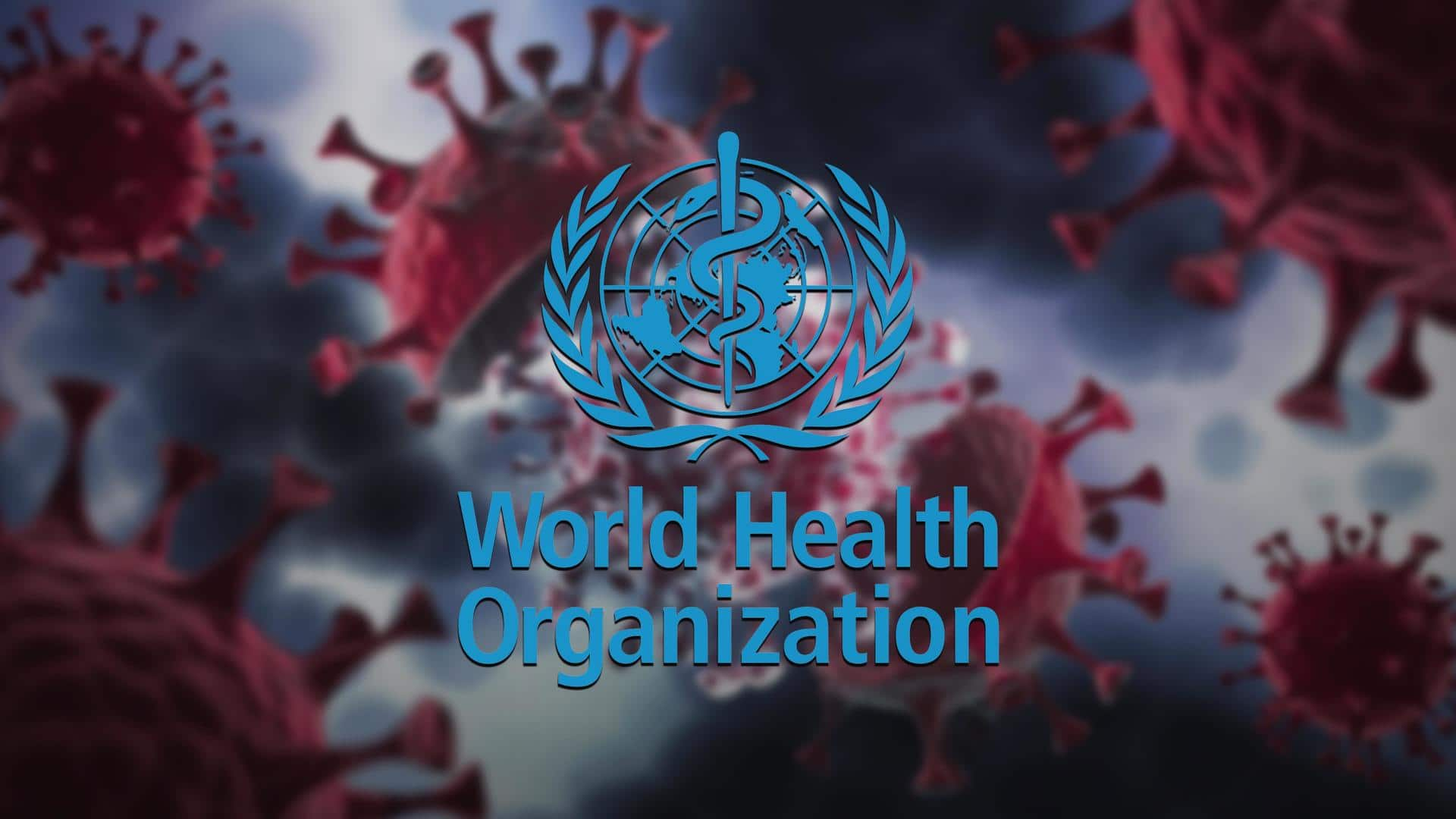
WHO to identify 'priority pathogens' capable of triggering future pandemics
What's the story
After witnessing the challenges posed by the COVID-19 pandemic, the World Health Organization (WHO) has decided to focus on its long-term goal of mitigating future pandemics. It kickstarted the process on Friday to upgrade the list of priority pathogens that could trigger future outbreaks/pandemics to monitor them and adopt efficient countermeasures. Over 300 scientists are convening to analyze evidence on 25 potentially dangerous pathogens.
Context
Why does this story matter?
The WHO's decision to revise the list of priority pathogens following the COVID-19 pandemic comes amid its preparations for global "pandemic treaty" talks. Notably, the coronavirus pandemic claimed over 6.5M deaths globally, bringing the world to a standstill. However, some studies say 9.4M more deaths (over the official total) occurred in 2020 and 2021. Nearly 635M confirmed COVID-19 cases have been recorded so far.
Details
These pathogens on current priority list
The WHO stated the first priority pathogen list was issued in 2017, while the most recent prioritization exercise was completed in 2018. To note, the latest priority pathogen list features COVID-19, Crimean-Cong hemorrhagic fever, Ebola virus and Marburg virus diseases, Lassa fever, Middle East respiratory syndrome (MERS) and Severe Acute Respiratory Syndrome (SARS), Nipah and henipaviral diseases, Zika, Rift Valley fever, and Disease X.
Do you know?
The mysterious 'Disease X'
"Disease X is included to indicate an unknown pathogen that could cause a serious international epidemic," said the WHO's latest release. Over 300 experts are convening at the WHO to analyze and conduct further research on over 25 virus families and bacteria, besides Disease X.
Expert speaks
Exercise to help develop vaccines, other countermeasures
Dr. Michael Ryan, Executive Director of WHO's Health Emergencies Programme, said "targeting priority pathogens" and viral families can aid in the development of vaccines and the decisions on countermeasures for a successful pandemic response in the future. "Without significant R&D investments prior to the COVID-19 pandemic, it would not have been possible to have safe and effective vaccines developed in record time," he said.
Quote
'Priority list reference point for research'
The WHO's list of priority pathogens serves as a guide for the scientific community in determining where to concentrate resources to address the next danger. "It is developed together with experts in the field and is the agreed direction for where we—as a global research community—need to invest energy and funds to develop tests, treatments, and vaccines," said WHO Chief Scientist Dr. Soumya Swaminathan.
Information
Crucial convention over pandemic treaty at Geneva
The priority pathogen threat meetings coincide with the WHO's preparations for the next round of pandemic treaty talks conducted by the Panel for a Global Public Health Convention. It is slated for December 5-7 in Geneva to draft and discuss a WHO convention. The meeting will pave the way for a worldwide pact for countries to follow in response to future pandemics, per AFP.